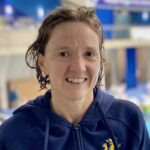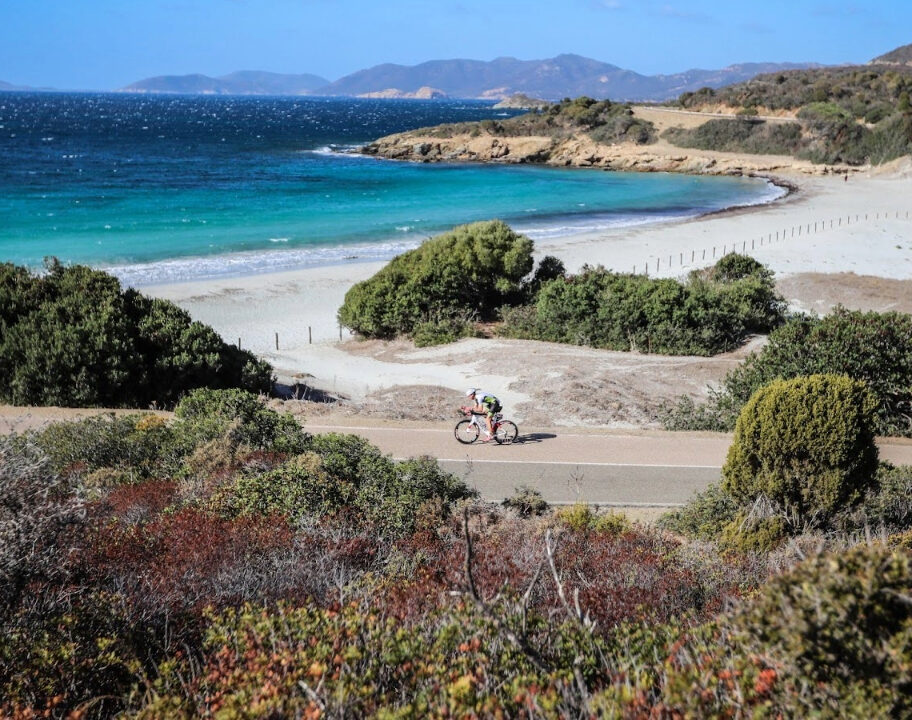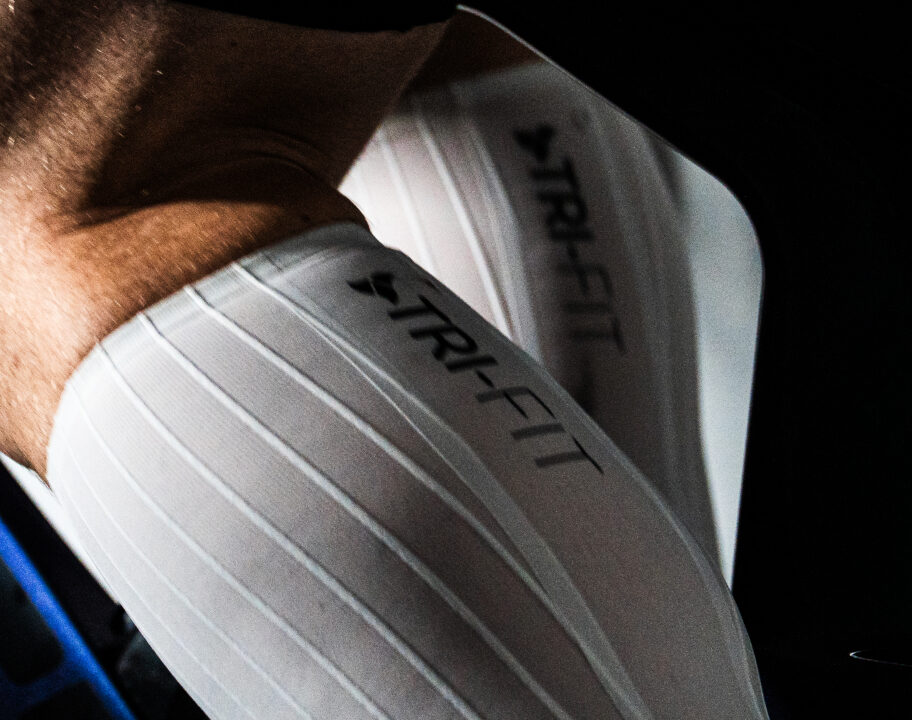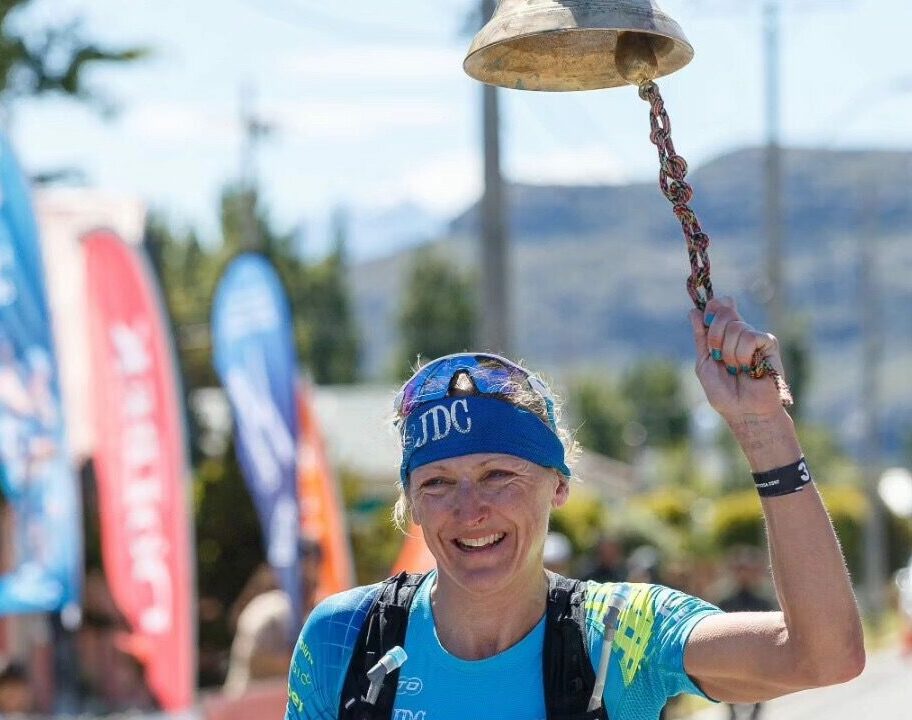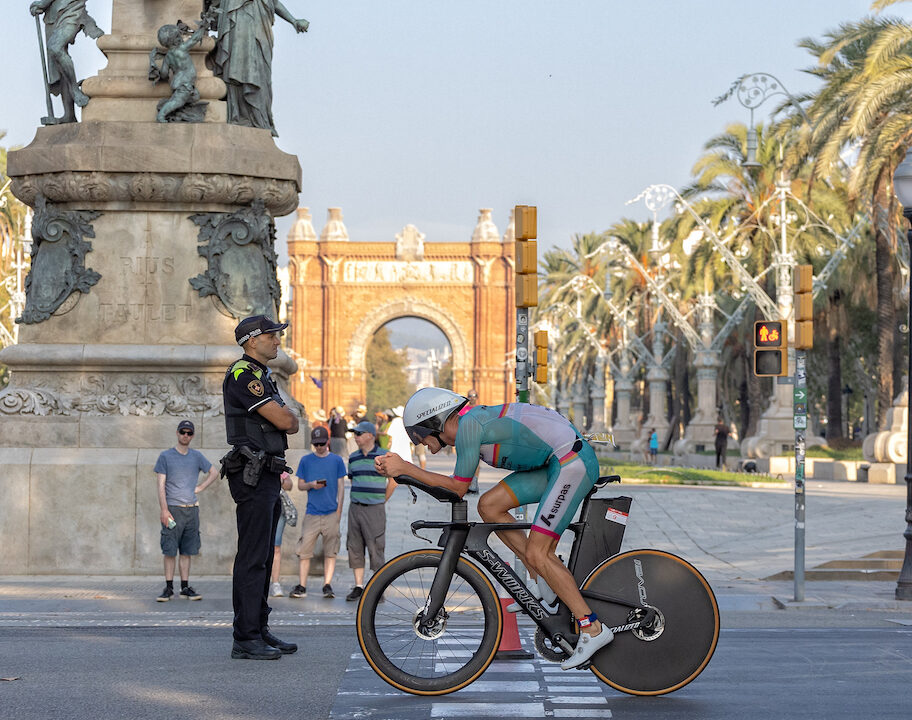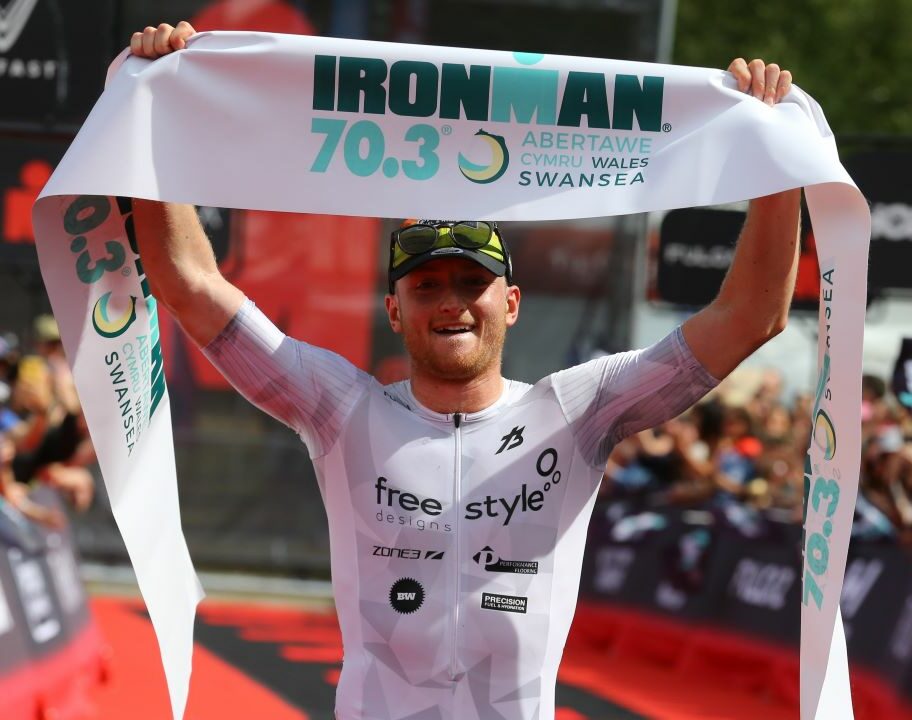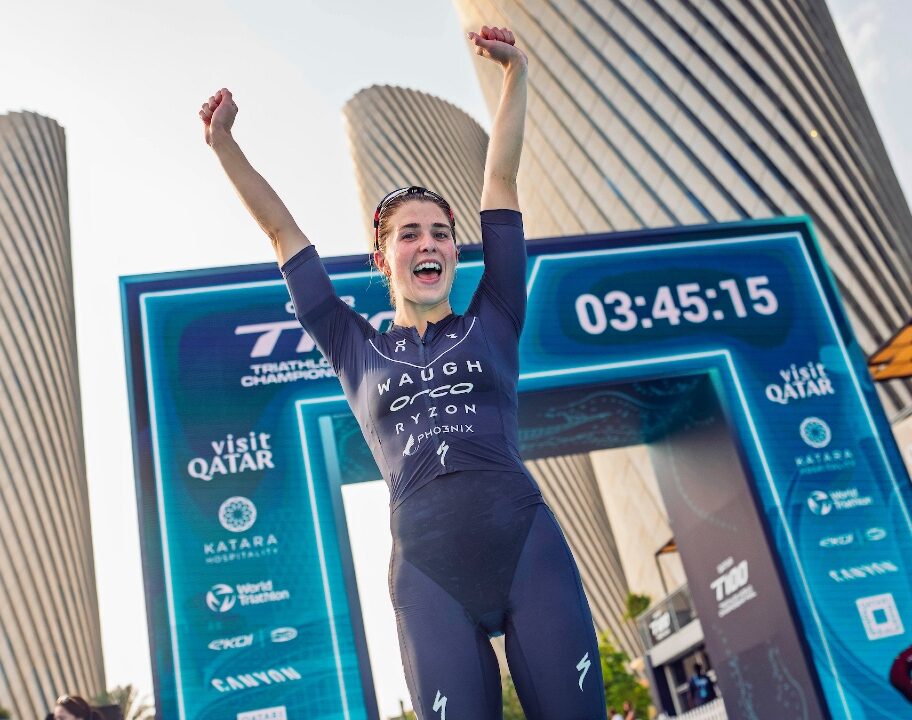With a long list of potential benefits, cold water swimming is on the rise! But if you’re considering braving the chill, it’s important to know that cold water swimming comes with a few more considerations compared to the care-free swimming of the summer months. There are some essential bits of cold water swimming gear that you’ll want to add to your swim bag to keep yourself safe, comfortable and to help you make the most of open water swimming over the winter months.
If you’re ready to dive into the world of cold water swimming. We talk you through the essential swim gear and accessories you’ll need to enjoy your chilly winter dips.
Cold Water Swimming Kit & Accessories
When swimming in cold water, it’s important to consider not only what you wear in the water. But also be prepared for when you get out. Some seasoned winter swimmers will brave the water in nothing but a swim suit – known as ‘skins swimming’. But if you’re new to the cold water scene, it’s a good idea to start off in a wetsuit while you get acclimatised. You’ll still get the benefits, and you can work your way up to swimming in skins if you want to. Once you get out of the water, it’s also important to wrap up warm as quickly as possible because you’ll start shivering quite quickly.
Alongside safety, what you wear for cold water swimming ultimately comes down to your own personal comfort and enjoyment. There’s no need to be a hero – if wearing a thermal wetsuit, complete with neoprene gloves and booties helps you to enjoy your time in the water, then go for it.
Cold water swimming gear
Wetsuit
A wetsuit will help you to stay a little warmer compared to swimming in just a swimsuit/jammers, and it also offers the benefit of additional buoyancy. If you’ve already got a triathlon/open water swimming wetsuit, it will most likely be designed for warmer water temperatures. However, you can wear additional layers under your wetsuit such as a thermal base layer, neoprene arm sleeves or a rash vest to add extra warmth.
Thermal wetsuits
While you can absolutely make your summer wetsuit work for winter swimming by wearing extra layers underneath, this will add extra bulk and reduce flexibility. Fine if you only want to dip in the water to enjoy the physical and mental benefits over the winter. But if you’re planning to work your way up to swimming front crawl in cold water. Or you’ve entered a race such as the Norseman or Patagonman. Getting a thermal swimming wetsuit will offer a more natural feeling swim.

Several triathlon brands make thermal wetsuits and the buoyancy profile is designed for the freestyle body position. Winter wetsuits are made with thicker neoprene. 5mm is standard for the torso and hips, with the shoulders and back having thinner neoprene to enable movement. They usually have soft, wool-like linings, ideally which don’t hold too much water. Your shoulders will need to adapt to the weight of extra layers – perseverance pays off.
RELATED: Best triathlon wetsuits – beginners, high performance and cold water swimming
Neoprene swim cap/hood
A common phenomenon in cold water swimming is the ‘ice cream headache’ you experience if you put your face in the water. If you want to swim front crawl during your winter swims, a neoprene swim cap or hood can really help to keep your head warmer. This will help to keep your overall body temperature warmer too. Most winter swimming caps have a thick strap that goes under your chin. This might feel uncomfortable at first but is a benefit as it will cover your ears. Wear your neoprene cap underneath a brightly coloured silicone swim cap to increase how visible you are.
TRI247 recommends
While you can get full balaclava-style neoprene swim hoods, we find the chin strap style options like this one from ZONE3 more comfortable and easier to get on and off.
Note: when you purchase through some links on our site, we may earn a small affiliate commission.
Neoprene gloves
Cold, numb fingers can make an invigorating winter swim miserable. If you struggle with sensitive, painful hands in the cold, consider getting hold of some neoprene swimming gloves. They will add a bit of ‘weight’ to your swim stroke, reduce feel for the water and making your arms feel fatigued sooner. So factor that in when you’re planning how far to swim.
Top tip: Put your neoprene gloves on before your wetsuit. Having the tops of the gloves underneath your wetsuit sleeves will help to avoid the gloves filling with water and getting extra heavy.
Neoprene socks/booties
Neoprene swim socks or booties will keep your feet nice and warm. They’re also great if you’re swimming in the sea as they’ll protect your feet from any pebbles as you walk from the beach to the water. Opt for triathlon or swimming-specific neoprene socks and make sure they fit tightly around your feet and ankles so they don’t fill up with water. Tuck your socks inside your wetsuit, too.
What to wear after cold water swimming – post-swim kit
It’s really important to get dry and wrap up warm as soon as possible after you get out of the water. Cold water swimmers can experience ‘after drop’ where they quite quickly begin to feel significantly colder after they’ve exited the water, experience extreme shivering.
To avoid after drop, and to make the most of that post-swim high, you’ll want to make sure you’ve packed clothing to put on after your swim that is easy to get into. According to Swim England accredited cold water coach and ice swimmer, Fenwick Ridley, the key is to wear baggy clothes that you can cocoon yourself inside. Forget tight trousers and tops.
He said: “You need big, baggy clothes. A onesie is ideal! Clothes need to be easy to get into.”
While of course you can make use of warm clothing already in your wardrobe. There are a few bits of kit that will make life that bit easier when you’re trying to get changed with chattering teeth and chilly fingers. Here’s our post-swim kit bag essentials:
Dry robe/changing robe – cold water swimming coats
A Dryrobe (or one of the many alternatives) is a worthwhile investment if you plan to swim in cold water regularly. Typically oversized, waterproof, and lined with Sherpa fleece, these swim robes act like you’re own mobile changing room. Pop it on as soon as you get out of the water to keep you warm (and protect your modesty) while you get changed.
Change mat
If you’re wild swimming at a beach, lake or river, having a change mat to stand on will make it so much easier to get dry and get dressed without getting sand/mud all over your clothes. It’ll help your feet to warm up faster too! There are plenty of swimming change mats available, many of which are packable. But you can also repurpose an old bit of carpet or a rubber door mat you’ve already got at home.
Gloves, socks and boots
Once you’ve got your warm clothes and change robe on, focus on keeping your extremities warm. Fingerless gloves with mitten attachments are useful for being able to use your hands when you need to. For example, pouring out that all-important flask of post-swim hot chocolate! Warm socks and thermal boots are also recommended. Cold water coach and ice swimmer, Fenwick Ridley suggests opting for woollen socks – specifically alpaca wool – for optimal warmth.
Safety equipment for cold water swimming
Alongside all that cold water swimming gear to help you stay warm. There are also some essential items you need to pack in your kit bag to help you stay safe during your cold water swims.
First is a tow float. These are small inflatable ‘bags’ which are tethered around your waist while you swim. Wearing a tow float will help to increase your visibility to other water users, and to rescue teams should you ever need them. You can also get dry bag tow floats which you can store small items like keys and a safety whistle inside.
It’s also a good idea to have a small first aid kit in with your cold water swimming gear. Hazards under the water or on the shore such as rocks or reefs can increase your risk of getting cuts or scrapes. It’s important to clean and dress any wounds as soon as possible to avoid infection.
Quick recap – Cold water swimming gear FAQs
If you’re planning to ‘dip’ rather than swim in cold water, you can just wear a swim suit and a woolly hat if you wish. However, if you struggle with the cold or you’re planning to swim for longer periods. A wetsuit and neoprene gloves and boots is highly recommended.
A thermal swimming wetsuit is designed specifically for lower water temperatures. They have thicker neoprene around the core and thermal linings to keep you warm. But retain flexibility round the shoulders so you can still swim front crawl.
Start with very short periods and build up gradually. At first just dip, wearing a woolly hat. As you get acclimatised, build up to short swims. Keep in mind the risks of cold water swimming are intensified without a wetsuit. Don’t got alone, and ensure you have the correct gear for warming up afterwards.
Everyone has different tolerances. Start with very short periods of time, and get out before you feel you need to. Build up your time in the water gradually as you acclimatise, and pay attention to indicators such as numbness, dizziness or feeling very tired.
Cold water swimming burns lots of energy, so refuel afterwards. Take a flask of warm soup, or treat yourself to a hot chocolate. They’ll replenish calories and also help you to warm up.
